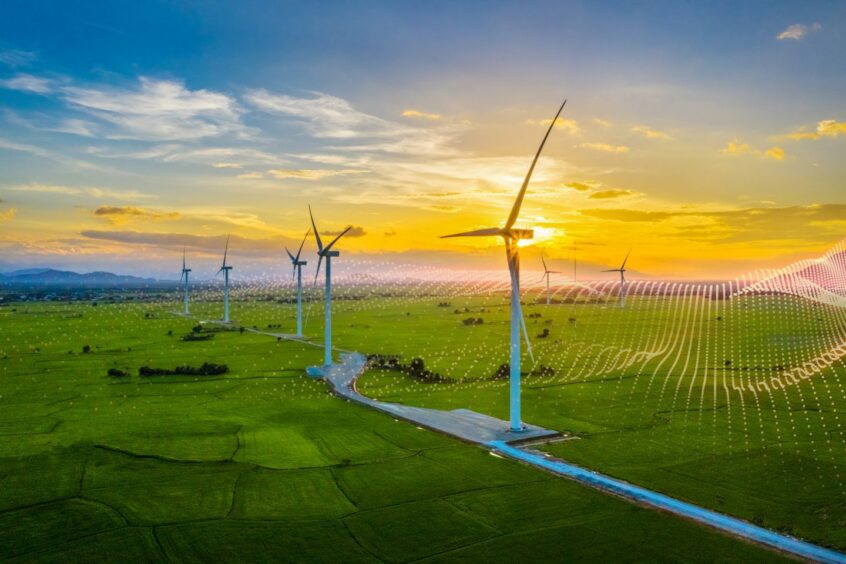 © Supplied by DCT
© Supplied by DCT Middle Eastern investors have more money to invest globally, as a result of higher oil prices. However, less and less of this cash is flowing into oil and gas, according to a new report.
Middle Eastern sovereign wealth funds (SWFs) are “shining more than ever”, Global SWF said in its annual report this week. Furthermore, these companies are shining on renewables – over hydrocarbons.
These investors put $18.7 billion into renewables in 2022 and only $6.7bn into hydrocarbons. Both of these figures are down from 2021, when they put $23.6bn into renewables and $6.9bn into fossil fuels.
A $6bn commitment from ADQ and Samruk-Kazyna to build wind farms in Kazakhstan skewed the 2021 figure, the report said. In 2020, investors put $14.5bn into hydrocarbons, and $8.3bn into renewables.
“There’s been a general trend towards investing in renewables in the energy sector,” Global SWF head of research Daniel Brett said. He cited Mubadala’s establishment of Masdar, Abu Dhabi’s renewable energy champion.
“Adnoc and Taqa exchanged assets for equity in Masdar in a push to green their portfolios,” Brett said.
SWFs are investing in renewables at the expense of upstream and midstream infrastructure, the official continued.
Investments into renewables have focused on North America and Western Europe, as a result of a welcoming regulatory environment and a host of opportunities. Investments into European renewables were up 45%.
Middle Eastern funds provided 29% of the renewables investments, outshone by Canadian funds, which stumped up 3%. Singapore accounted for another 26%.
Singapore’s GIC was the single largest investor, followed by Mubadala.
Global SWF said it expected spending in renewables to continue its growth in the short to medium term. It has been a “long term process of greening”, Brett said.
“What I think has happened over the last year is that more opportunities are being presented, particularly in Europe,” the head of research said. “The problem is now demand for materials in wind turbines and utility-scale batteries. That cost is going up considerably.”
As a result, Brett suggested governments would take steps to make their projects more attractive to investors. They will “compete for SWFs to invest in renewables. The SWFs will be calling the shots when it comes to what they need.”
Other drivers may play a role in hydrocarbon investments, Brett said. He cited Mubadala’s investment in Israel’s Leviathan gas field as one instance. “One wonders whether this was more about Abu Dhabi soft power than real interest in oil and gas,” he said.
Investments into ports is one area that is likely to be a focal point for SWFs. The report noted ADQ, via its Abu Dhabi Ports, investing in a new port in Sudan, while Ethiopia developing oil storage in Djibouti.
Brett was sanguine about the impact of currency changes in the oil trade, an idea that has been gaining ground recently. “SWFs far less linked to oil prices than in past,” he said, “it’s not such a big deal.”
Many of these funds are now self financing, from the yield on their own investments. “The purpose is to diversify economies,” he noted.
